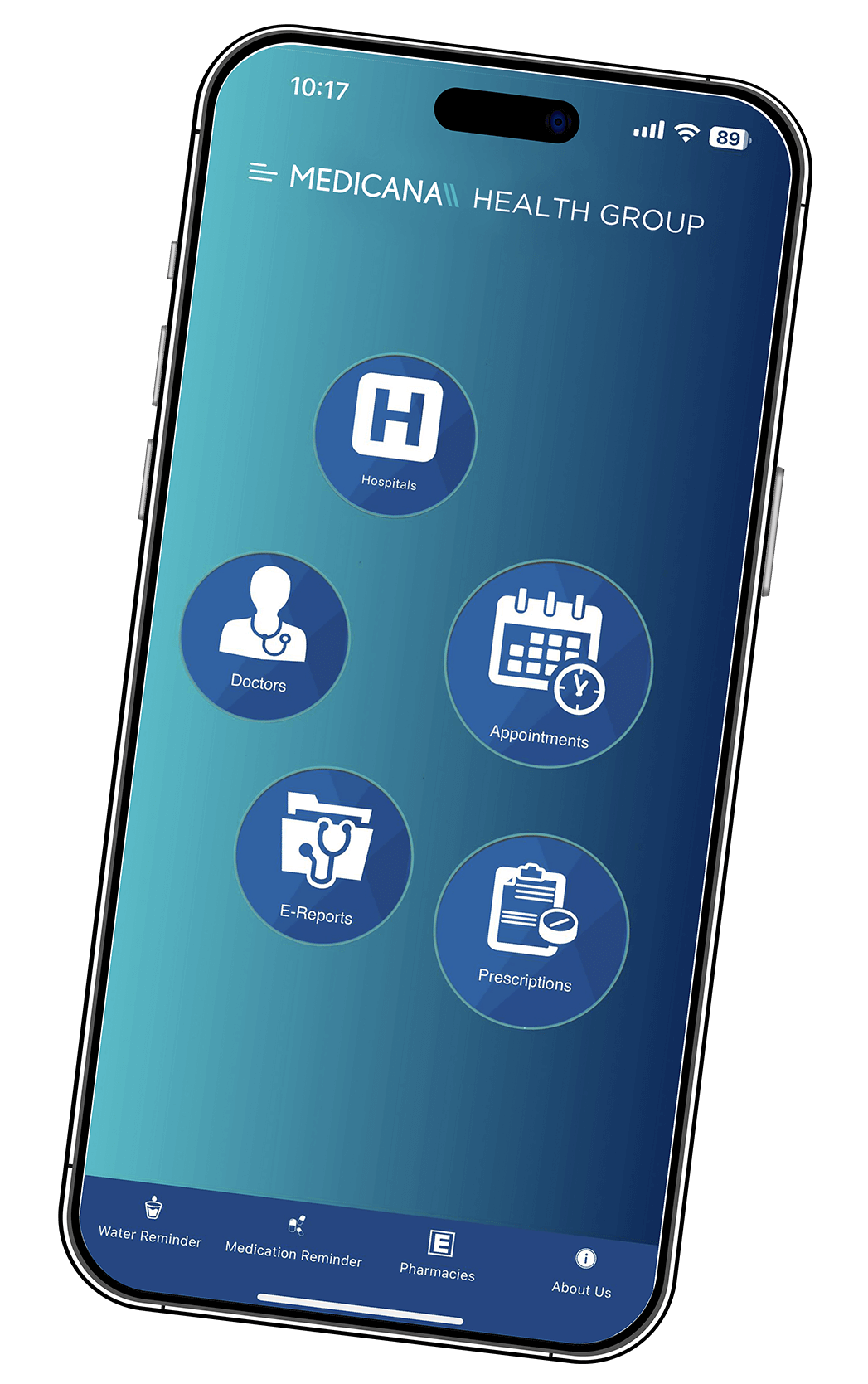Retinal Laser Surgery

Overview
Our eyeball consists of the cornea, the foremost transparent layer of the eyeballs; the anterior chamber located behind the cornea, in which the aqueous humor is found; the iris and the pupil forming the rear border of the anterior chamber; the lens located in a capsule in the posterior chamber; the fluid, called vitreous humor, filling the eye globe in the posterior chamber; and the optic disc, the optic nerve and the retina at the rearmost part of the eyeballs. The white part seen outside the eye is called the sclera. Vitrues body is the clear gel that fills the cavity at the posterior part of the eyeballs. The retina is the first layer that confines the vitreous humor in the eyeball.
The retina hosts photoreceptor cells of the eye, and the layer is located adjacent to the arterial and venous network (choroid plexus) of the eyeball; the macula – the layer that transmits light signals to the brain to sense the light and create the image-, the foveola, the optic disc, and the optic nerve are located in the retina.
A visual disorder will be indispensable if damage occurs in this layer of the eye (the innermost layer at the posterior part of the eye) that is so important for healthy vision due to various reasons, including but not limited to aging, trauma, diabetes mellitus, and hypertension as well as a brain tumor. Laser surgery aims to treat retinal diseases using the thermal effect of high-energy beams. Retinal laser surgery is helpful and preferred for retinal tears, bleeding, and edema that are not severe enough to require surgical management.
The following conditions of the retina can be treated with laser surgery:
Retinal bleeding or leak: If bleeding or leakage develops in retinal blood vessels secondary to trauma or other diseases, such as diabetes mellitus and hypertension, the bleeding or leaking area is solidified by the thermal effect of the laser..
Retinal edema: Edema results from bleeding or leakage in blood vessels; laser beams can regress it.
Macular edema: It implies swelling of the macula, and the treatment principle is identical to that of the retinal edema.
Macular degeneration: The macula is a part of the retina and responsible for the central vision; age-dependent degenerative changes may occur in the macula. There are two types of macular degeneration, namely wet and dry. The thermal effect of the laser is used to destroy the degenerative areas and to eliminate the vision problem.
Retinal hole or tear: The retina that lines the innermost wall at the posterior part of the eyeball may be torn, or a hole may develop on this layer secondary to genetic factors, aging, or ocular surgery such as cataracts or eye trauma. The vitreous humor may advance through this hole or the tear, resulting in complete retina detachment. In retinal laser surgery, thermal energy is used to thicken the tear or the hole, and scar tissue is formed to stop the progression of the clinical picture.
Retinal detachment: The detachment of the retina is manifested by various symptoms, such as loss of visual accuracy, blurred vision, flashes in front of the eye, loss of peripheral visual field, total loss of the visual field, and floaters in one or both eyes. You should see an ophthalmologist to recover visual functions if you recognize such symptoms.
The known risk factors for retinal detachment include age above 50, diabetes mellitus, hypertension, and family history of retinal detachment. Due to the abovementioned symptoms, a detailed eye examination will be made when you see an ophthalmologist. The anterior chamber, which consists of the cornea, the iris, the pupil, and the lens, is examined. This stage of the eye examination is followed by a retinal examination by an ophthalmologist who specializes in retinal diseases. At this phase, advanced imaging methods, such as fundus fluorescein angiography, optic coherence tomography, and eye ultrasound, can be ordered to evaluate retinal vessels and retinal topography in detail and to image the eye. Here, the aim is to determine the location and the severity of the retinal detachment if the retinal detachment is diagnosed.
Laser surgery for retinal detachment requires a reasonable size of the retinal detachment area. The thermal effect of the laser stitches or somewhat welds the detached layers of the retina to the posterior wall.
Malformation of retinal blood vessels: Abnormal swelling, tortuous contours, and resultant leakage in retinal blood vessels are treated using laser beams.
Why is retinal laser surgery done?
Retinal laser surgery is a treatment option for retinal diseases for which surgery is not indicated. While the complication rate is usually low for ocular surgery, retinal laser surgery (photocoagulation) is a far safer method.
Risks
The most common complications are cataracts, loss of vision, increased intraocular pressure, recurrence, blurred vision, and infection. Although all possible measures that modern medicine allows are taken to prevent risks, it is impossible to warrant that the risks will be eliminated. Our specialists will employ all practices to minimize the risk of complications, and our ophthalmologists will preoperatively inform you about the risks listed above and all other potential complications.
Preparation
After it is verified that the surgery does not pose a risk, you will be asked to quit smoking if you are a smoker and to stop taking certain medications that increase the risk of bleeding. All other prescribed and over-the-counter medications, herbal products, and supplements will also be questioned, and you will be informed to continue or stop taking them.
You may need antibiotic eye drops or tablets before and after the surgery to eliminate the risk of postoperative infection. It may not be necessary to stop eating and drinking before the retinal laser surgery. Your doctor will inform you about this issue, depending on your condition.
Moreover, it is reasonable to plan discharge, post-discharge accommodation, and travel at this phase to manage the postoperative period better.
Surgery and early postoperative period
Retinal laser surgery is usually a day surgery carried out on an outpatient basis. After the skin around your eye is numbed, eye drops dilate your pupils. The procedure is carried out in an examination chair similar to chairs used for routine eye exams. You will be alert throughout the procedure but not feel pain.
A unique lens will be placed on the cornea to focus the laser beams on the diseased portion of the retina. Meanwhile, your doctor can see the retina under a microscope. The area around the retinal bleeding, edema, hole, tear, and degeneration will be burnt by laser beams to isolate the diseased zone. Next, the retinal lesion will be solidified in a controlled manner.
You may see flashes in front of your eye throughout the procedure.
Treatment of retinal diseases takes about 15 to 30 minutes, depending on the condition. You may feel very mild discomfort after the retinal laser surgery is completed. Moreover, you will probably see floaters. Your doctor will take measures for such symptoms if required, but they will mostly disappear without treatment.
You should be very careful about physical activity for one week after the surgery. You should avoid lifting heavy objects and flicking. Moreover, you will be asked to elevate your head to the maximum extent. You can engage in work or school life, provided that you avoid strenuous activities.
Your doctor may ask you to use antibiotics, anti-inflammatory tablets, and eye drops as a precaution. You should closely follow all advice of your doctor to prevent or minimize postoperative complications. However, you should contact your doctor if you feel severe pain or discomfort in your eye.
Results
Retinal damages are, unfortunately, irreversible, as retinal cells cannot regenerate. The primary factor that influences postoperative visual results is the retinal damage's location and severity. It may take some time for preoperative visual disorders to disappear. Moreover, such problems may only partially disappear. Since there is a risk of recurrence in retinal diseases and restoration of visual functions takes some time, you should necessarily see your doctor at pre-scheduled visits. Depending on your disease's recovery and visual function status, extra treatments or interventions can be recommended.




























